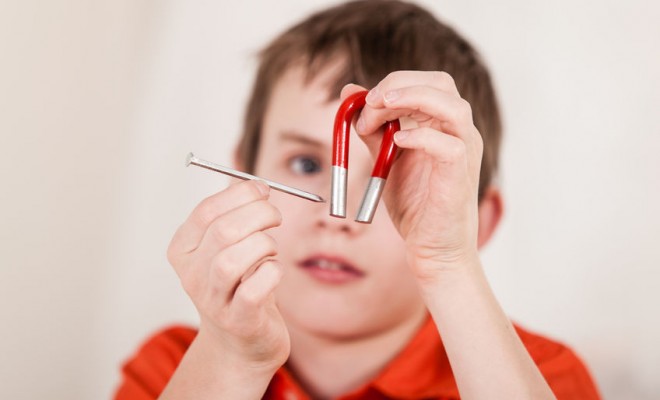
Childcare Activities
10 Early Years Science Activities EYFS
10 Early Years Science Activities EYFS
- Sink or float
- Will it dissolve
- Magnet maze
- Discovering magnification
- Homemade marble runs
- Weather station
- How do plants grow
- Crazy cornflour slime
- Magic dancing milk
- Colourful capillary action
Children are naturally drawn to science-based activities. Added to the fact that they appeal to their innate curiosity and desire to make sense of the world, the best early years science activities are often hands-on (and sometimes messy) and produce exciting (and sometimes unexpected) results. What’s not to like?
It’s ideal to tap into this natural enthusiasm as early on as possible by including science activities in preschool settings. Helping to establish a love of science at a young age is beneficial in many ways:
• It fosters the desire to explore and experiment
• It helps develop analytical and problem-solving skills
• It nurtures an understanding of cause and effect, trial and error
• It helps develop an understanding of the world
• It supports the development of communication and collaboration skills
• It expands vocabulary
A quick search online will produce endless ideas for suitable early years science activities for children; we’ve chosen some of our favourites based on the ease of set up and the range of scientific concepts explored. You can adapt them according to the age of the children involved; with younger children there may be safety considerations (eg choking hazards) and with older children, there may be opportunities to extend their learning (e.g. by getting them to record their results).
Early Years Science Experiment Ideas:
1. Sink or float?
This is a classic science activity that explores the principle of buoyancy and can be done with even very young children. Get a large container (eg a bowl or plastic box), fill it with water, and with the children collect a range of objects from around the nursery. The children then take it in turns to drop an object into the water – after guessing whether it will sink or float.
2. Will it dissolve?
This activity teaches children about solubility, specifically whether a given substance will dissolve in water. You’ll need several small, transparent water containers (e.g. plastic or glass cups) and a range of substances to test (e.g. sugar, oil, salt, food colouring, rice, flour, vitamin tablets). Before dropping each substance into a cup ask the children to guess whether it will dissolve or not.
Sign Up to Receive this 20-Part Activity Email Series
3. Magnet maze
For this activity, you’ll need some paper plates, pens/crayons and magnets. Give a paper plate to each child and ask them to draw a ‘maze’ on it (NB older children may be able to attempt an actual maze but for younger ones a squiggly line is fine). Use a pair of magnets to navigate along the line – the one below the plate moves the one on top.
4. Discovering magnification
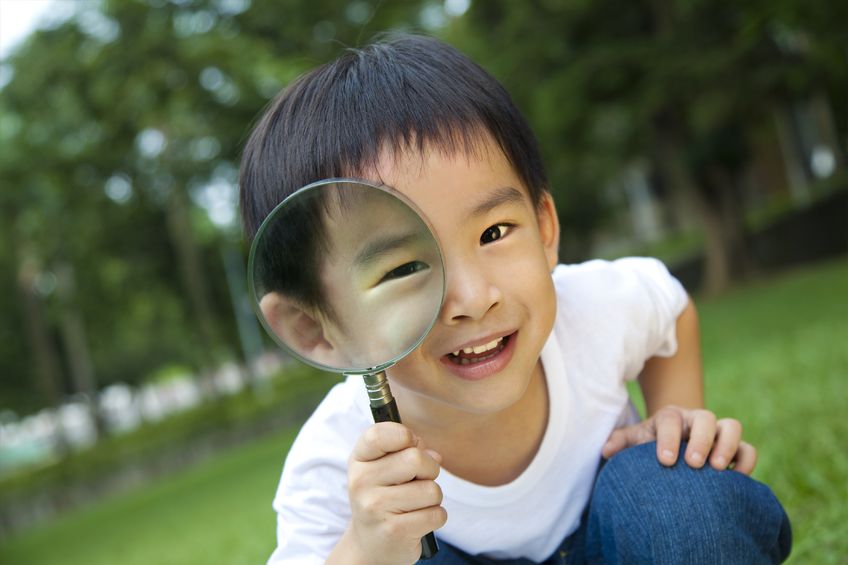
This is a nice easy activity that you can set up and leave the children to explore on their own (or in small groups). You’ll need a tray (or shallow box/crate), a selection of objects with interesting details and/or textures, and a few magnifying glasses. To extend this activity you could ask the children to draw some of the details/patterns that they find.
5. Homemade marble runs
For this activity you’ll need some tape and a collection of things like cardboard tubes, plastic bottles and egg cartons. You could ask the children to contribute by bringing in recycled materials from home, and use this as an opportunity to have a discussion about recycling. Use these materials to assemble a marble run together, exploring principles such as the effect of gradient on speed.
6. Weather station
There are lots of great activities for learning about weather – here are just a few: a) Make wind chimes (eg out of plastic bottles or beads) and hang them up outside; b) Make a wind sock (eg out of strips of waterproof material taped around a plastic ring) to work out the direction of the wind; c) Make a rainwater collector (eg out of a plastic bottle with the top cut off) to measure rainfall.
Alternatively, this weather kit is a great way to encourage slightly older children to learn about weather and take an interest in measuring and taking recordings.
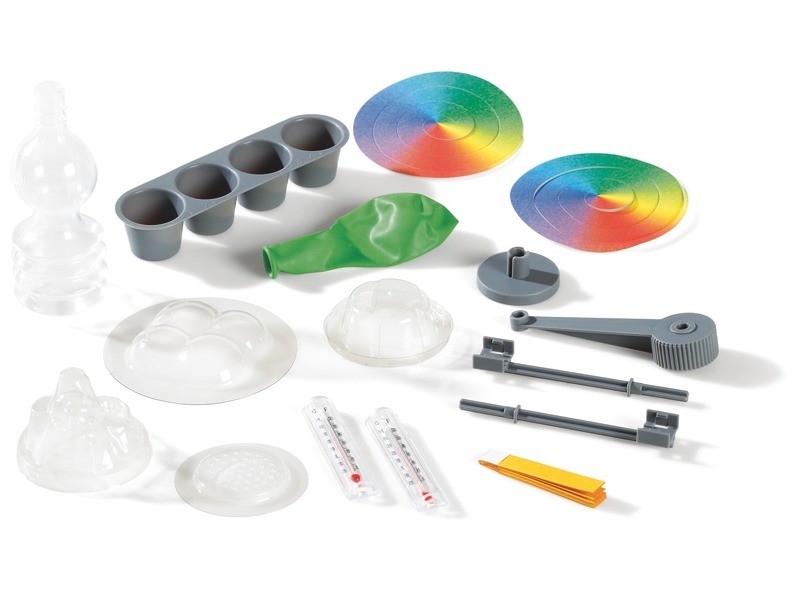
7. How do plants grow?
This is more of an ongoing science activity, but if you choose quick-growing seeds the children won’t have to wait too long before they start seeing results. Cress is the classic quick-growing plant (and lends itself to creative uses, eg as hair for a monster), but how about trying sunflowers (good for measuring growth against a wall) or pumpkins (to tie in with seasonal activities).
8. Crazy cornflour slime
This activity is a bit messy but really fun and hands-on; children love exploring the strange properties of this cross between a liquid and a solid. For best results use a large shallow container that you can put on the floor, like a sand/water tray. Mix together cornflour and water until you have a slime consistency. Try punching the slime – it instantly turns solid. Roll some slime into a ball in your hand and then stop – it turns back into a liquid.
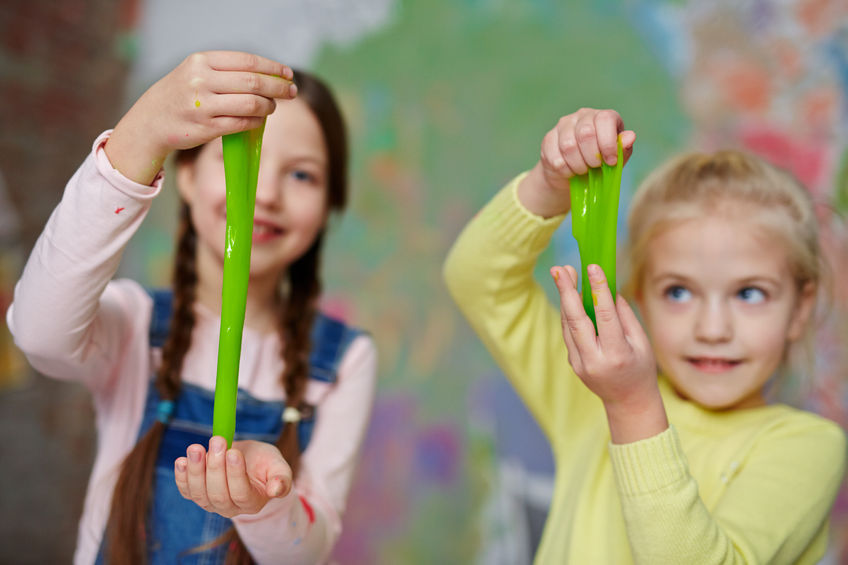
9. Magic dancing milk
For this activity – an engaging introduction to chemical reactions – you’ll need a shallow dish, full-fat milk, food colouring, cotton buds and washing up liquid. Pour some milk into the dish, add some drops of food colouring, then dab with a cotton bud dipped in washing up liquid. Use a few different colours at the same time for maximum impact, and try dabbing in different places.
10. Colourful capillary action
Show how water moves up through plants using food colouring. This activity works particularly well (and quickly) with celery, but you could also use white-petalled flowers. Put some celery sticks (preferably with leafy tops) in separate glasses of water, then add different colours to each glass. Within an hour or two the celery will change colour as the dye moves up through capillary action.
Got any other science activities for early years that you’d like to share? Comment below!
To understand why science education is so important in early childhood, read our article on the benefits of early years science education. To browse all our childcare activities, click here.





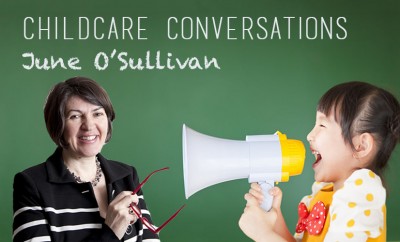

You must be logged in to post a comment Login